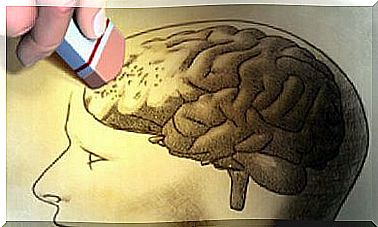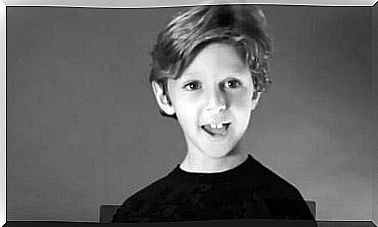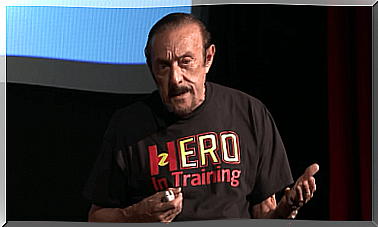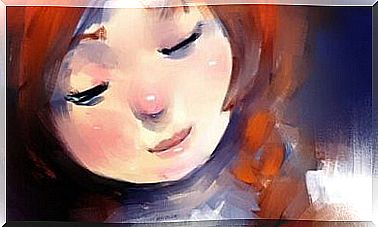The Suppression Of Thought By D. Wegner
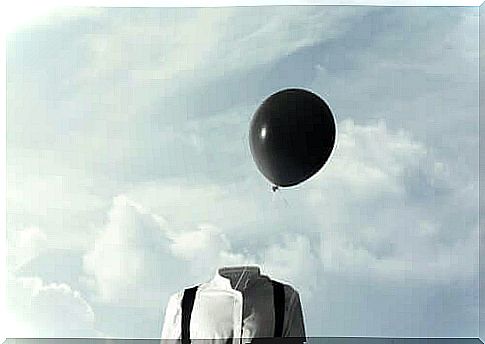
It was in the 1980s when Harvard University conducted an experiment aimed at verifying the effect of thought suppression. The study was led by the American social psychologist and university professor, Daniel Wegner. This was based on the anecdote about a polar bear told by Leo Tolstoy towards the end of the 19th century.
The results of the experiment showed that thought suppression – or rather, attempts at direct thought suppression – is counterproductive. Repressed thoughts or memories come back to our minds unconsciously, even in the form of dreams. Wegner called this ironic phenomenon bimodal mind control mechanism.
Tolstoy and the Suppression of Thought
Wegner’s experiment on thought suppression was based on an anecdote by Leo Tolstoy. The Russian writer told of a test he was subjected to in order to enter the circle of friends of his older brother. He was told to sit in a corner and not move until he stopped thinking about a polar bear.
Poor Tolstoy did not succeed and remained for hours in his corner. The more he tried to remove the thought of the polar bear, the faster he visualized it. The image of the animal came back over and over. Trying to suppress that thought only reinforced it.

Wegner’s experiment
Daniel Wegner’s experiment developed in stages. In the first, the participants were left free to think about anything. The only limit? They couldn’t think of a polar bear.
They were asked to ring a bell if the polar bear appeared in their thoughts during that time. Throughout the 5 minutes of the experiment, the bell did not stop ringing. Participants thought about the bear at intervals of less than a minute: the more they tried not to think about the forbidden animal, the more they visualized it.
In a second step, participants were asked to write down their thoughts before going to sleep. Halfway through the group were asked to write down all thoughts except those about a specific person they liked. They received precise instructions to repress the thoughts related to that person.
The other half, on the other hand, had to include the loved one in the writing, even inserting their initials. Later, the dream analysis of the 295 students who took part in the experiment was carried out. The group that had not been able to think of the loved one dreamed of her twice as often as those who had not been forbidden to think of her.
The results of the thought suppression experiment
The conclusions that Wegner reached with his experiment were replicated in subsequent studies with identical results. The suppression of thought causes a mental return of the same. It is therefore a strategy that is not only completely ineffective, but also counterproductive.
Wegner called it an ironic bimodal mind control mechanism, and later took the name of the post-suppression rebound effect. Apparently, one part of our brain works intentionally and consciously, while another activates processes of involuntary supervision through the unconscious.
The alert and unconscious part returns the watched thought to the intentional part, producing the paradox of the constant visualization of the unthinkable object.
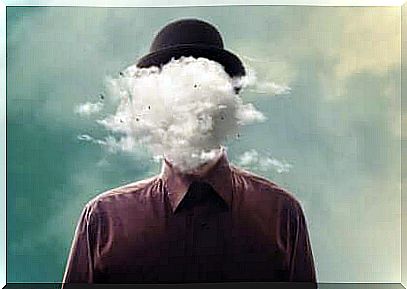
Better use of the polar bear
The results of Wegner’s experiment helped to introduce the concept of the polar bear with a different and more practical meaning. To manage intrusive thoughts of any kind, one must try to direct attention to another point of interest.
In doing so, the thought does not return to the focus of consciousness as, instead of repressing it, it is simply replaced by another. In other words, recurring thoughts should not be suppressed.
Understanding this mechanism is essential to better manage intrusive thoughts and replace them. The next time this happens to you, try to think of a white bear.
